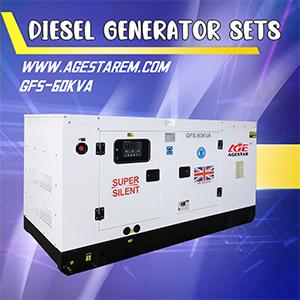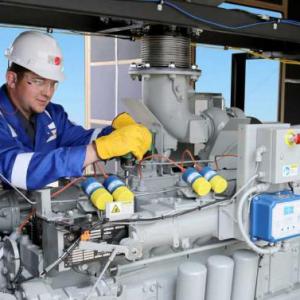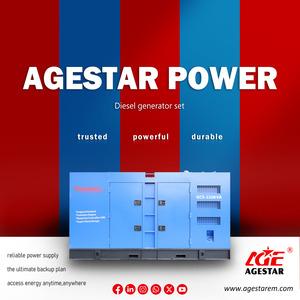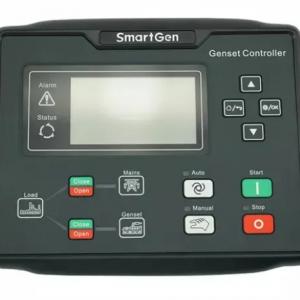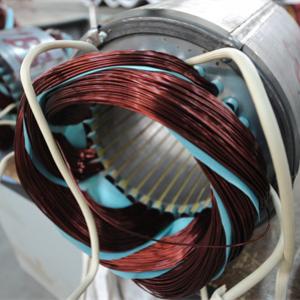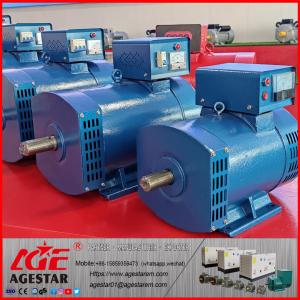A Guide to Avoiding Pitfalls in Generator Set Purchasing
When you are preparing to purchase a generator set, have you found that the quotations of products with the same power vary by several times? Many users wonder: "They are all 500kW units, why do some sell for 100,000 and some for 300,000?" Today, we will reveal the truth behind the price for you!1. Core components determine the "value"
The core cost of the generator set is concentrated in the two major components of the engine and the generator. The engines of international first-line brands (such as Cummins and Perkins) use precision casting technology, which are wear-resistant and have a long life, while some low-priced products use refurbished or low-quality parts, which are prone to problems such as cylinder pulling and detonation during operation. The material difference of the stator winding of the generator set is more obvious-the all-copper wire motor has strong conductivity and low temperature rise, while the aluminum wire or copper-clad aluminum motor has high resistance and is easy to overheat, and long-term use may cause fire risks.
2. Invisible "technical gap"
High-end units are equipped with intelligent control systems, which can realize remote monitoring, fault prediction, energy-saving frequency modulation and other functions, reducing fuel consumption by more than 20%; while cheap units only retain basic start-stop functions and lack safety protection modules. A factory once suffered a loss of over one million yuan due to a sudden power surge caused by a low-priced unit, which is a painful lesson of technological gap.
3. Service costs are hidden in the details
Regular manufacturers provide on-site installation and commissioning, annual inspections, and 2-hour emergency response services, and promise to replace core components free of charge during the warranty period. However, low-priced suppliers often "make a one-time deal" and shirk responsibility after a failure. A customer once reported that after purchasing a low-priced unit, the maintenance wait time exceeded 72 hours, causing all the goods in the cold storage to deteriorate.
4. Certification standards are hard thresholds
The units that have passed the ISO 8528 international silent certification have noise values controlled within 65 decibels and can be used close to residential areas; while the noise of products that do not meet the standards is as high as 90 decibels, and may face environmental penalties. In addition, units that meet the National III emission standards are 15% more expensive than ordinary models, but carbon smoke emissions are reduced by 80%, avoiding the risk of environmental protection production restrictions.
